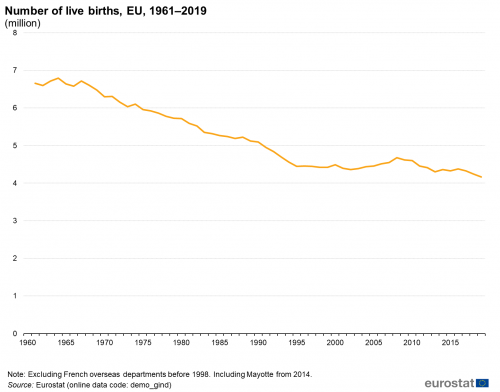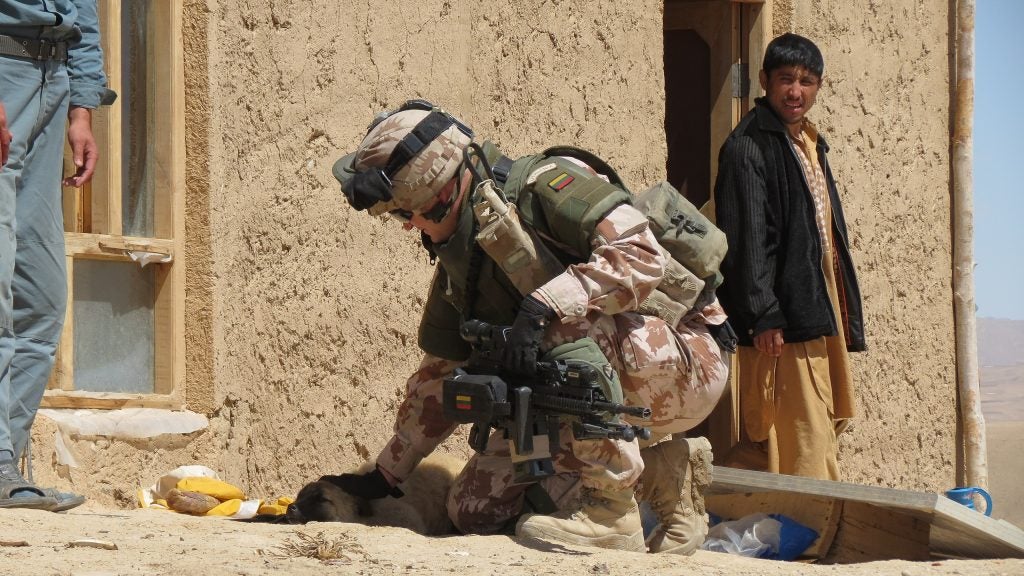Eastern Europe’s Conscription Problem Is Getting Worse – Here Is Why
It is more than 30 years since the Eastern Bloc collapsed. Many Eastern European states, namely the post-Soviet republics, largely decided to suspend national drafts and conscription.
The aim was a transition from large, less well trained conscript armies towards professionalization and the introduction of fully voluntary service. The economies of states who transitioned from central planning to free market economies were often damaged by the process. This significantly reduced the possibility of additional spending on their militaries, which after the fall of the Soviet Union and the end of the Cold War was largely deemed as an unnecessary expenditure anyway.
The second factor which came into play as time progressed, and as the former Soviet republics began to develop, was the drop in birth rates. Since the collapse of the Soviet Union, the birth rate has fallen for a variety of reasons and societies’ have begun to age quicker. The current average age in Eastern Europe is 42-44 years old. Demographic analysis shows that those below 19 years of age are in the minority.

Although some states have tried to combat the decreasing fertility rate, the issue with the lack of conscripts and reservists within the armed forces of Eastern Europe is increasingly dire. For example, after the suspension of 2 years draft in 2009 in Poland, the youngest reserve troops in Poland are now 30 years old. This is a major problem as the military is not prepared to reintroduce the draft, as many facilities have been abandoned or sold. There is not enough equipment or even uniforms for the draftees to train with either. In many of the armed forces have became corporations that want to cut the costs of operation as much as possible.
The social structure of modern European society takes its toll on the military too. Issues may arise over the lack of prepared staff as the draftees are too educated. In Estonia, Lithuania, Latvia, and Poland almost 50% of the population finishes tertiary education with the numbers rising in the younger age groups. In theory, it means that half of the draftees would either be relieved of the conscription due to undertaken education or would qualify for non-commissioned officer or even officer training after finishing university education. Worse yet if the militaries focus on conscripting those not undertaking higher education courses it would hit local economies hard by taking the workforce from the labor market.
In conclusion, if the social conditions do not change, improvements to career prospects and working conditions aren’t made, then the Eastern Europe armed forces will be doomed by the lack of manpower. The demographic predictions for the region do not look optimistic and it seems that within the next two decades the armed forces in the region will struggle to find young and physically capable recruits.

